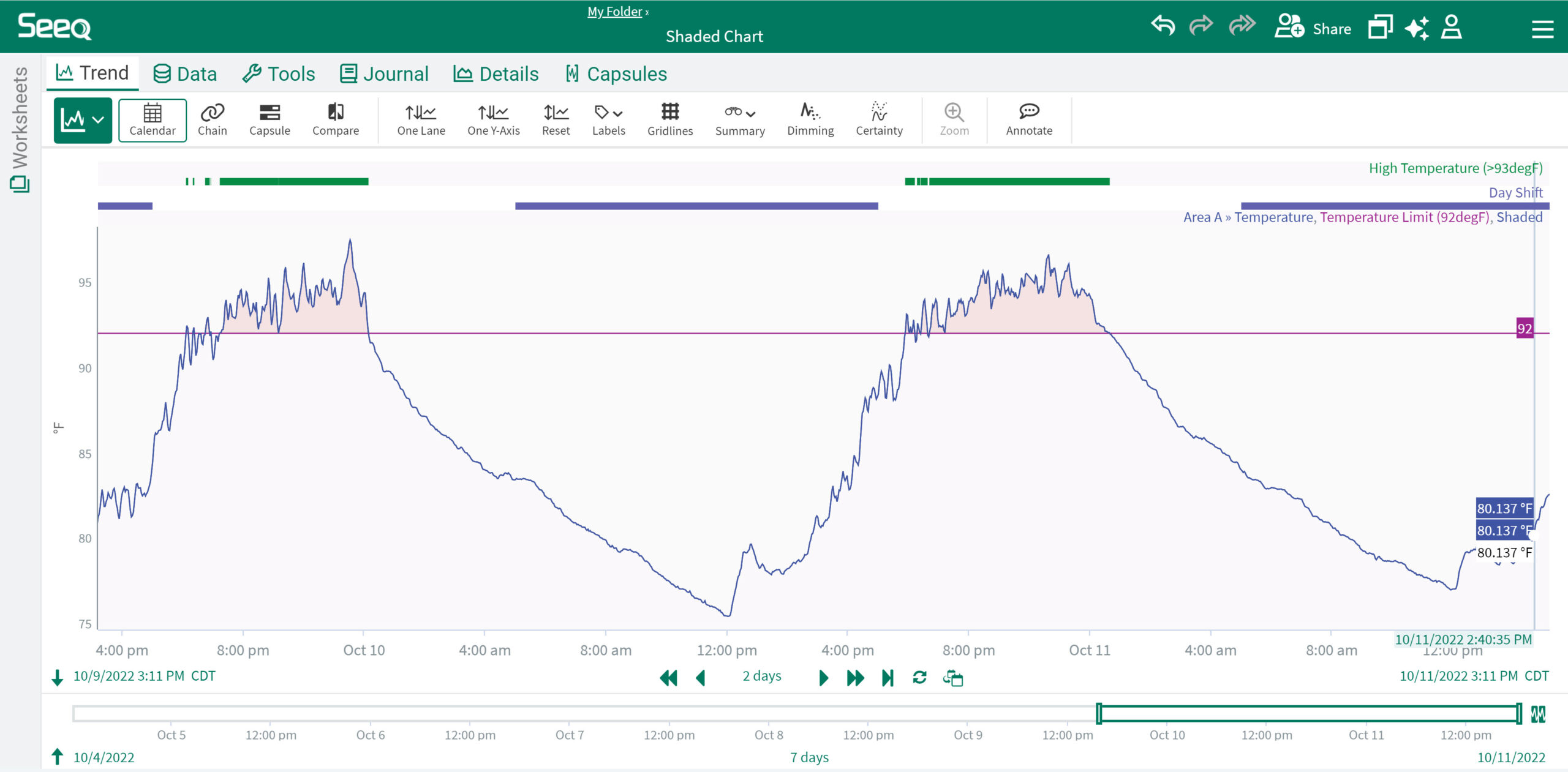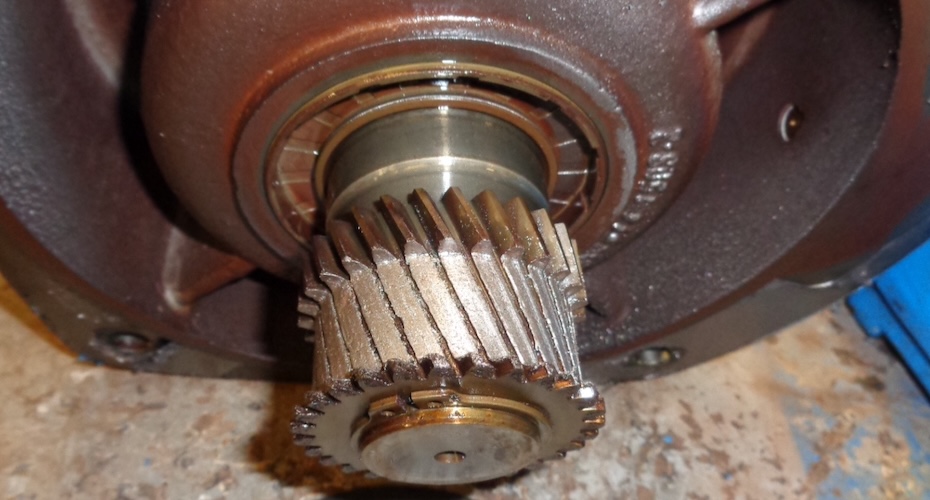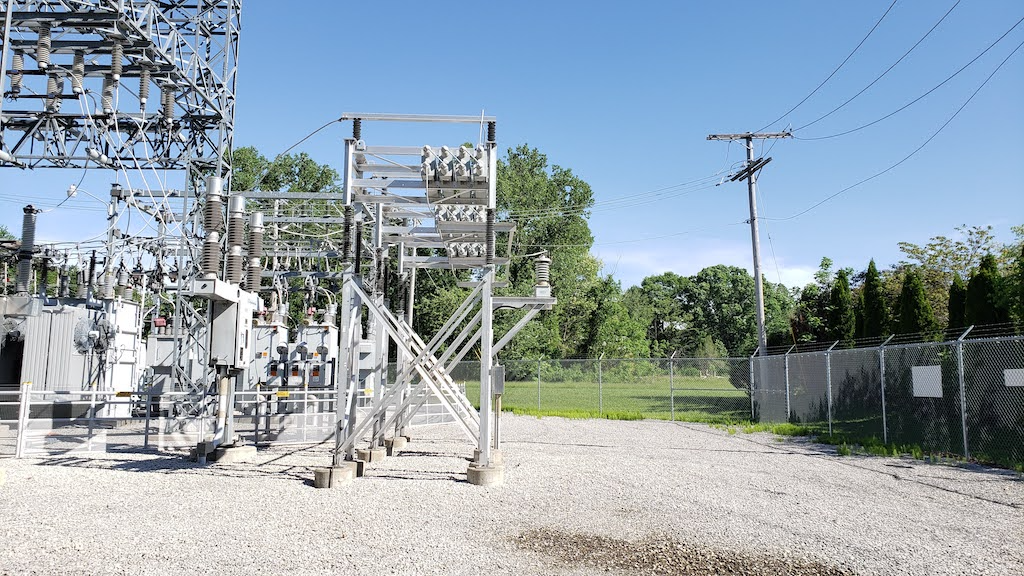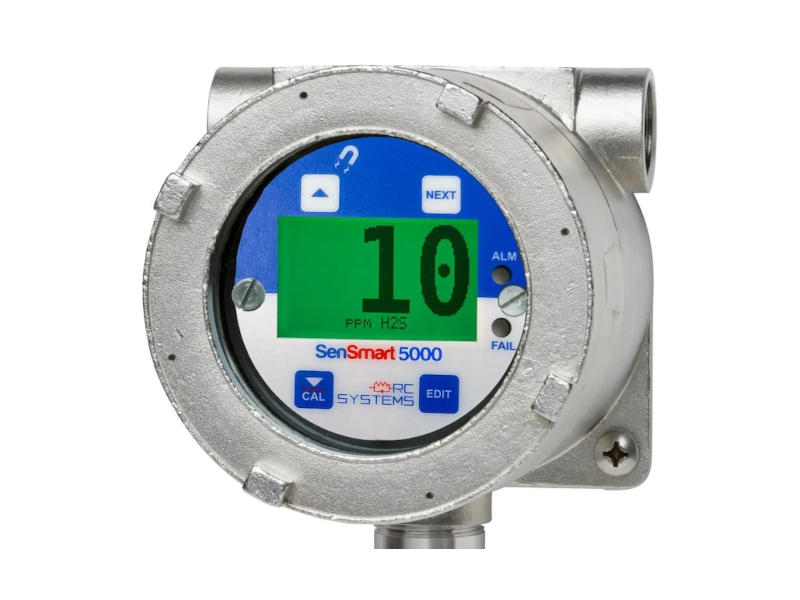An asset criticality analysis (ACA) can support maintenance teams to prioritize predictive maintenance strategies.
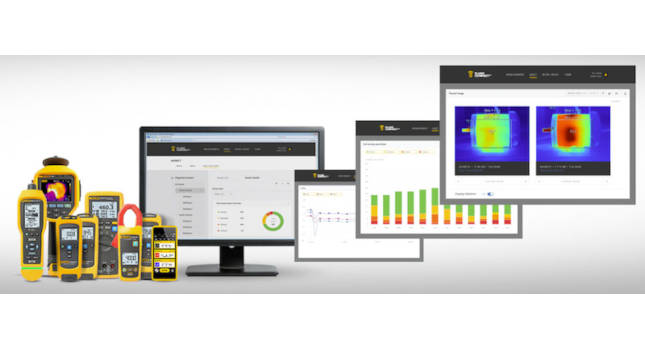
Asset management insights
- An asset criticality analysis (ACA) enables companies to identify the business value of an asset based on sound, quantitative empirical data rather than on guesswork, which had been the norm.
- An ACA also makes it easy to align workflows and resource planning with asset value, enhance workplace safety planning and minimizing overall risk.
It can be said in many places of work that those who make the most noise receive the most attention – but that doesn’t necessarily mean they are the most valuable members of the team. ‘Bad actors’ can be misrepresented as critical assets when in reality the opposite is often the case.
The same applies to machinery and equipment in a company. Does a maintenance team spend more time on a particular piece of equipment because it is more valuable or simply because it is less reliable than the others, breaks down more often and demands a disproportionate amount of attention?
A significant problem with machinery and equipment – whether small or large – is that if it goes wrong it can have a negative impact on other machines or systems around it, which can result in costly downtime. This problem is compounded because the value of a piece of equipment would traditionally be judged on how much it would cost to repair or replace it, rather than on what the overall impact that machine’s operation has on the company.
However, things are changing, with many maintenance and reliability personnel now looking at the situation from a different perspective. They are updating the old practices and adopting new ones to minimize the effect that failure of an individual piece of equipment can have on production processes and, more importantly, on overall productivity and efficiency.
Previously, guesswork was the main tool that maintenance and reliability teams had at their disposal. Today, the use of criticality analysis is enabling them to identify the business value of an asset based on sound, quantitative empirical data. When companies are making decisions about costly equipment and machinery, it is essential that they have hard, indisputable facts at their disposal.
A clearer picture with asset criticality analysis
The beauty of an asset criticality analysis (ACA) is that biases are eliminated, so maintenance teams and reliability professionals can ascertain the value of their equipment and develop a clear picture of which assets are genuinely the most important to the company’s operations. Armed with this information, it becomes possible to prioritize work within the organization far more effectively.
As well as identifying which assets are most vital to a business, an asset criticality analysis facilitates the creation of maintenance strategies that are as effective as possible while at the same time maximizing workplace safety.
An ACA also makes it easy to align workflows and resource planning with asset value, to ensure spare parts are available when required, and to enhance workplace safety planning by flagging up operational risks and the consequences of equipment failure. Minimizing risk is a key function of any asset criticality analysis plan.
Of course, there is a danger that risk can be interpreted differently depending on which department is carrying out the analysis, so it is vital that any team tasked with valuing and prioritizing equipment is diverse and includes knowledgeable personnel who have a broad, business-centric outlook. Ideally, the team should include staff who are responsible for operations, procurement, maintenance, engineering and health & safety. Such a team would bring a wider perspective to the analysis function so that specific pieces of machinery are fairly assessed for their value, contribution and effect on all the above departments. Putting a team together to make this work requires considerable effort, time and energy – but the results make it very worthwhile.
Points to consider
With the team assembled, there are various key points to consider when carrying out an ACA. Everyone on the team needs to agree on how to identify assets for analysis, for example, as well as what criteria will be used to value them and how that value will be recorded. In other words, how are they going to ‘score’ equipment and what will the scores mean?
A score will almost certainly relate to how much the asset failing would affect various aspects of production. I have mentioned operations, safety and maintenance but reliability – or mean time between failure (MTBF) – is another essential factor. Likewise, the assessment team needs to consider such aspects as probability of failure, quality and environment.
With all these factors taken into consideration, it is then important to know where to look for the kind of background information and data that will support the asset criticality process. Ideal sources of data would include the inventory hierarchy, OEM manuals and asset lists as well as nameplate information.
The next key element to remember is the need to classify and rank equipment using common variables as well as custom variables that are based on a company’s specific needs. Only by assigning quantifiable factors to pieces of equipment can the team assess an asset more effectively and appropriately.
Number ranking
Once these criteria have been agreed, the team needs to identify assets for analysis in terms of their type, size, location or any other factor that distinguishes them. A simple number ranking system that scores the importance of pieces of machinery can be used, giving equipment scores against the various criteria – from 1 to 5, for example. Once all the scores are in, they can be added together to achieve a criticality ranking for each asset and this will enable them to be tagged as ‘star’ (i.e. essential), critical, semi-critical or non-critical.
When the analysis has finished, the next step is to collate all the unique identifying details of assets – including manufacturer, model number and serial number – so that a table can be created which identifies the frequency of maintenance, whether every day, week, quarter or otherwise (i.e. ‘as needed’).
An ACA enables organizations to value a piece of equipment – an asset – in terms of what risks are associated with it failing and what impact this could have on operations. The aim is to carry out an analysis that is not based on opinions but looks at an asset from a risk-based perspective.
Information gathered from an ACA may also support the need to instigate an asset condition monitoring program using wireless sensors and other predictive maintenance strategies. A wireless vibration sensor, for example, can monitor changes in the behavior of critical assets on a continual basis and report this data back, rather than a maintenance team having to carry out scheduled checks.
One final piece of information must be remembered. No two companies’ ACA will be the same and many individual operational factors will come into play in terms of making judgements and decisions. Guesswork needs to be eliminated from the maintenance function entirely and teams should no longer be reacting to issues as they occur. An asset criticality analysis is one of the most powerful tools a company can have.
– This originally appeared on Control Engineering Europe’s website.
